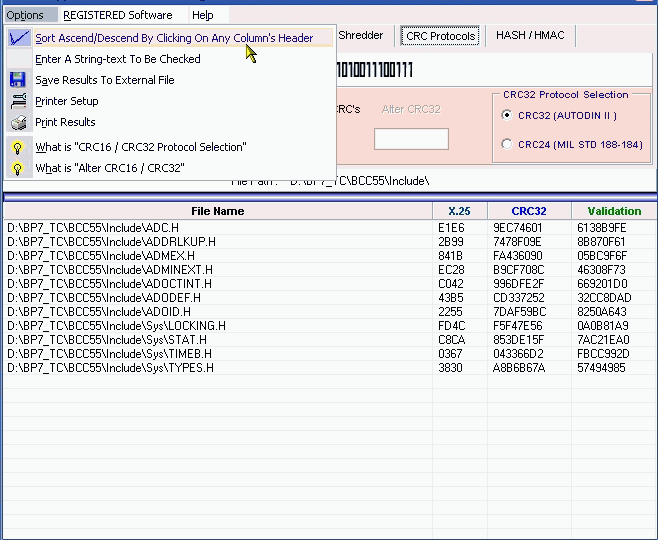

Seems rather good, but this is only theory.

We might conclude that with a four byte checksum the chance that we accidentally do not detect an error is less than 1 to 4 billion. Using a two byte checksum will result in 65,536 possible different checksum values and when a four byte value is used there are more than four billion possible values. In this example we have used a one byte long checksum which gives us 256 different values.

The answer is simple, they are powerful, detect many types of errors and are extremely fast to calculate especially when dedicated hardware chips are used. So let’s see why they are so widely used. Modern computer world cannot do without these CRC calculation. Also each data block on your hard-disk has a CRC value attached to it. All packets sent over a network connection are checked with a CRC. Nowadays CRC calculations are used in all types of communications. The CRC calculation or cyclic redundancy check was the result of this. To overcome this problem people have searched for mathematical sound mechanisms to detect multiple false bits. This simple detection mechanism works if an odd number of bits in a byte changes, but an even number of false bits in one byte will not be detected by the parity check.
#Hex file crc 16 calculator serial
For serial data they came up with the solution to attach a parity bit to each sent byte. Since the beginning of computer science, people have been thinking of ways to deal with this type of problem. Whenever digital data is stored or interfaced, data corruption might occur.


 0 kommentar(er)
0 kommentar(er)
